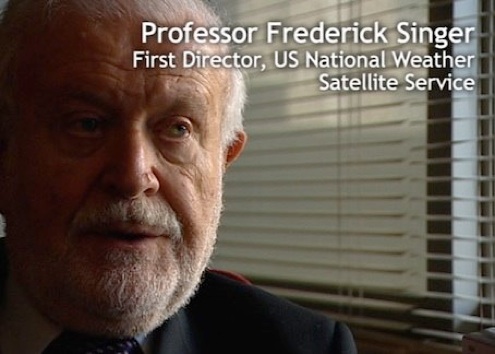





- - - - - - - - - - More Evidence - - - - - - - - - -
- See: ‘The CAN Report’
- See: The UL Letters
- See: Indiana’s, WTHR TV series -- ‘Deadly Delay’
- See: ‘Hagens Berman Sobol Shapiro -- Class Action Law Suit’
- See: ‘Closing the Deadly Loophole in Australia’s Flawed Smoke Alarm Standard’
- See: ‘Recommending, Selling or Installing Ionization Smoke Alarms, A Criminal Act of Negligence?’
'Alarm Bells Ring for the Most Common Smoke Detectors'
"There is a technology that is more likely to save your life vs. less likely," says Dr. Vyto Babrauskas.
The Issaquah fire expert, the first person ever to earn a PhD in fire science, is a former senior
government fire researcher and is probably one of the few people to read the fine print in the
government's massive 2004 [NIST] smoke detector study.
He's surprised that researchers gave a passing grade to the most common type of household
smoke alarm - the ionization model. “Their own data do not support that.” says Dr. Babrauskas.
by Chris Ingalls, King5 News, Seattle, WA, USA - 17 March, 2009
Dr Vyto Babrauskas
Dr Vyto Babrauskas has three university degrees including a PhD in
Fire Protection Engineering and is a former US Government senior fire
researcher. He conducted fire research at the US Government’s
National Institute of Standards and Technology (NIST) for sixteen years.
In March 2009, Dr Babrauskas appeared on 'K5 Investigates'
questioning NIST’s 'seal of approval' for ionization smoke alarms.
He says that despite NIST claiming ionization smoke alarms provide
adequate protection, the data contained within their 2004 ‘Home
Smoke Alarm Tests’ (HSAT) refutes their claim. NIST’s 2004 research
is relied upon by Fire Departments and the Fire industry globally.


Dr Vyto Babrauskas
Why does NIST’s research
“pass” ionization alarms when its
“own data does not support that”?

K5 Investigates Ionization Alarms
Is the National Institute of Standards & Technology
Responsible for Decades of Misinformation?
But what about the fact that these alarms pass Fire Codes/Standards?



I have long argued that instead of a summary for
policy makers, we need a policy for summary makers.
“
”

Whilst Professor Singer is not from the fire industry,
his comments apply universally to the scientific profession.
05 April, 2005
It was one year since the Cohen fire. Four children had died in a birthday sleep over in Smithton, Tasmania. The ionization smoke alarm had false alarmed just hours before the fire while cooking dinner. We had spent six weeks in Tasmania filming ‘Stop the Children Burning’. The story about our film made prime time national TV - but at that stage everyone believed their was nothing wrong with ionization alarms.
I’d just completed my first Fire Department interview on the ABC radio stating photoelectrics had been mandated in new Australian commercial buildings - since April, 2004. So why did the senior Fire Department executive defend the ionization alarms (falsely) claiming they had been mandated because of the radiation issue - not because there was a problem with them failing in smouldering fires?
A few hours after the ABC interview I was sitting with several Queensland Fire Department key executives. They asked, “Have you seen this report from the US National Institute of Standards and Technology?” as they put NIST’s 400 page 2004 report on the board room table . . .

“
”


Scientific Misconduct?
NIST’s credibility under fire

“NIST’s reports are relied upon by
Fire Brigades, safety organisations
and regulatory authorities globally.
The conclusions of the NIST Report
are contradicted by their own data.”
‘The CAN Report’, Summary, page 2

The CAN Report
Sent to NIST by registered
mail in February 2007
Watch the video Here > > >

NIST’s flawed report, ‘Home Smoke Alarm
Performance’, (Technical Note 1455, July 2004) is relied upon by Fire Departments world wide.
(see below)

Download Report
Note: 14.7 Megs
Here > > >


Whilst Professor Christy is not from the
fire industry, his comments apply universally
to the scientific profession.


(c) Copyright 2010 The World Fire Safety Foundation | Last Updated: 05 November, 2010 | Privacy Policy | Disclaimer | Search WFSF site
For errors on, or suggestions for this ‘nist’ webpage, contact the WFSF WebMaster | Supporters | About | Media